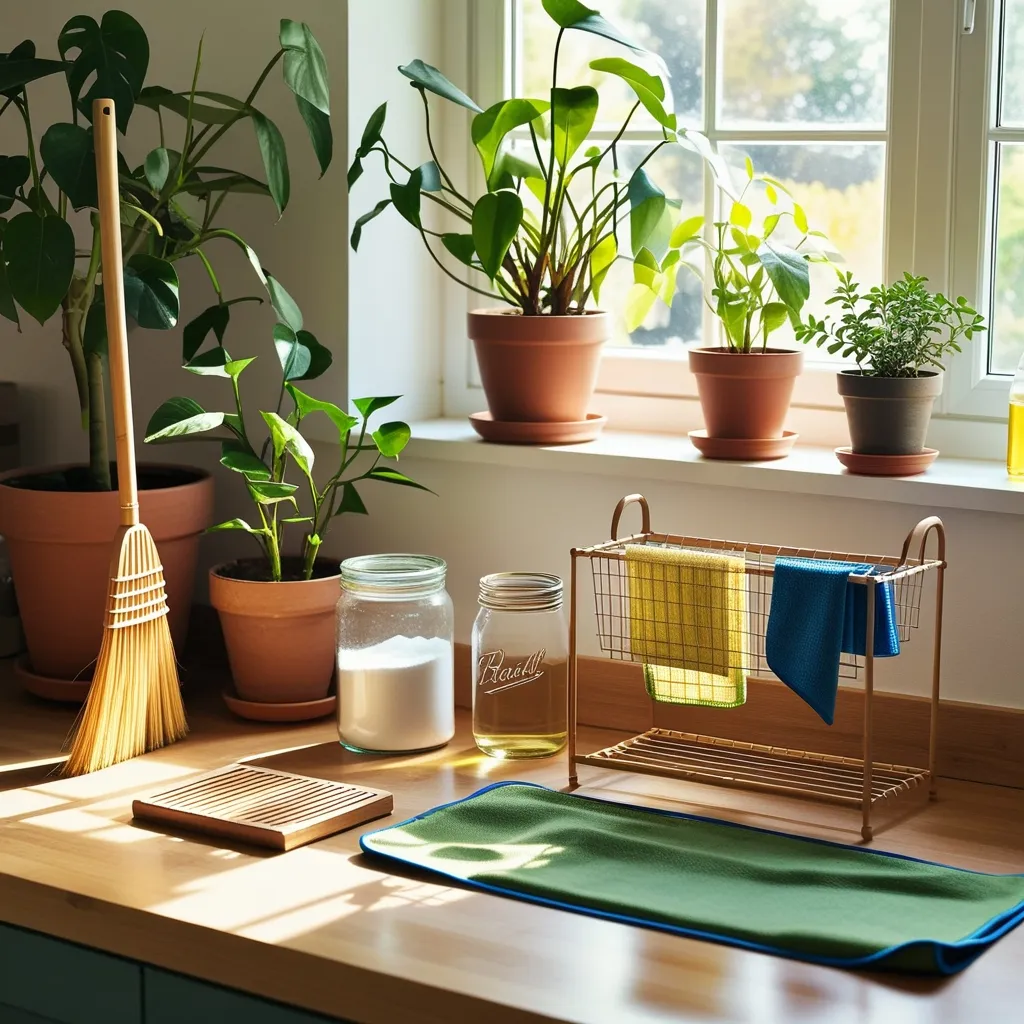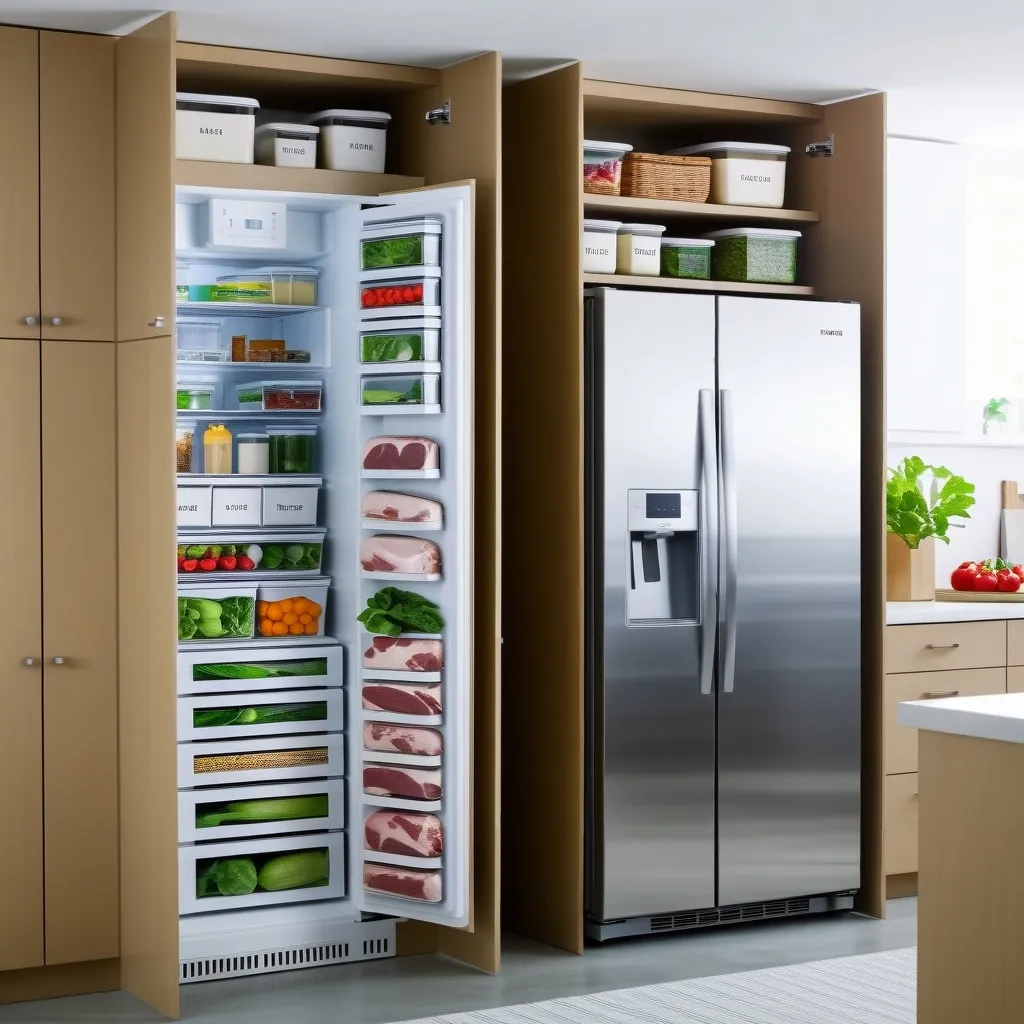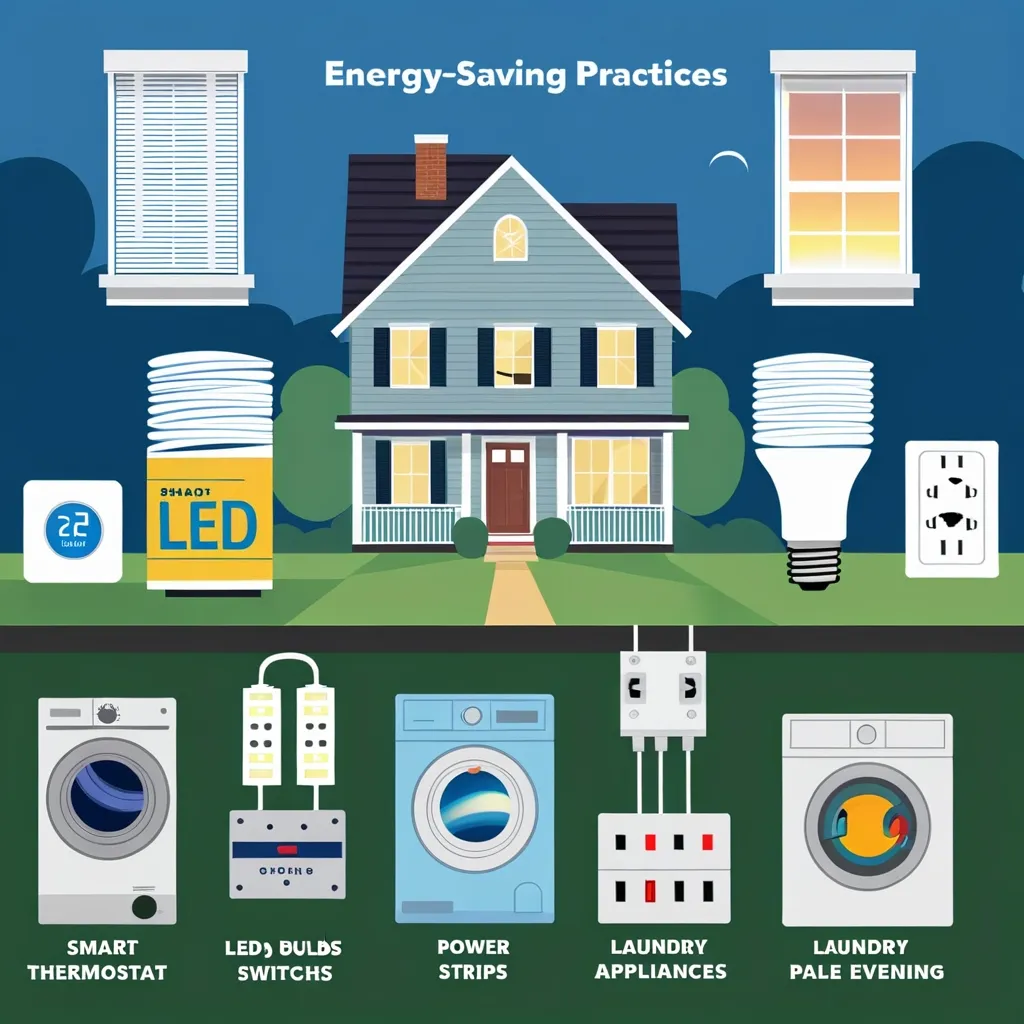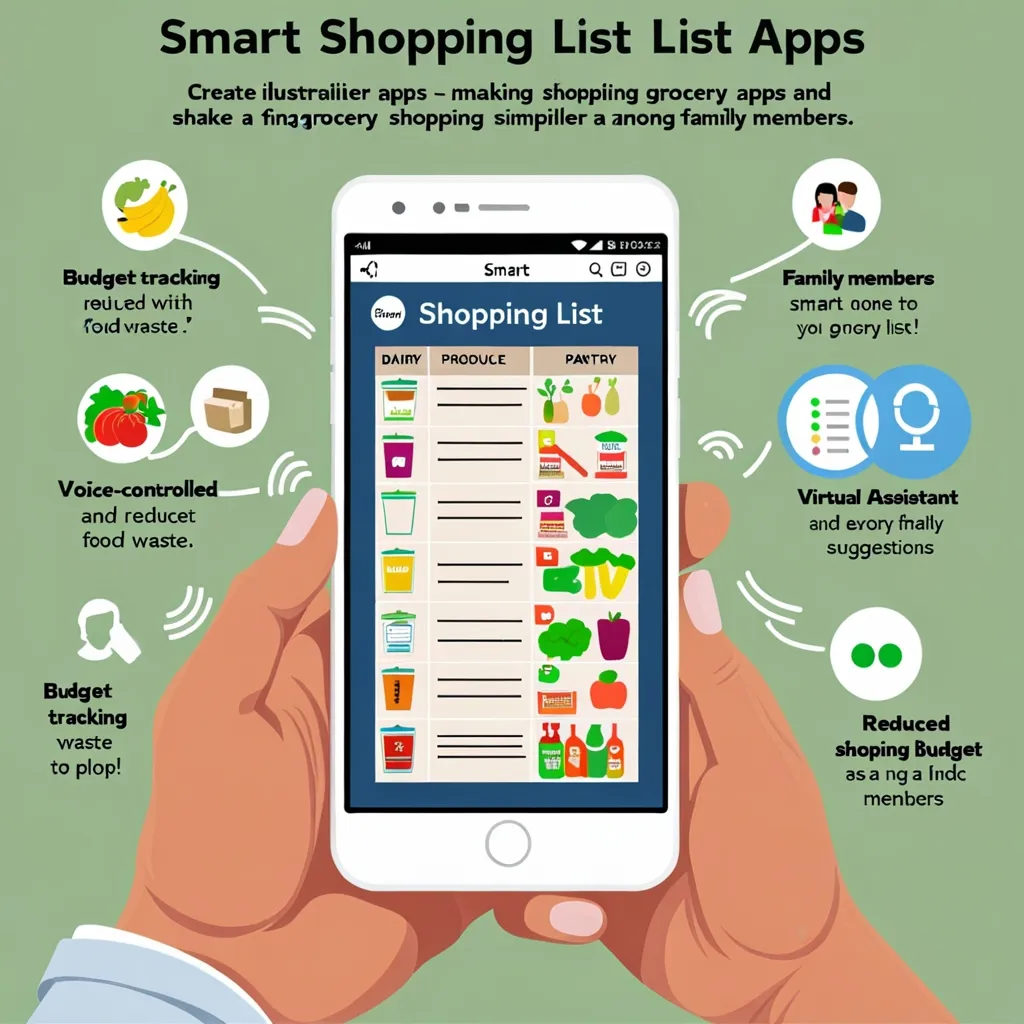Living a clean and green lifestyle isn’t just a passing fad. It’s quickly becoming a way of life that everyone should consider adopting, given how much our everyday actions impact the environment. Keeping a clean home while also being eco-friendly is simpler than you might think. Here’s a deep dive into some easy and effective tips to help you go green with your cleaning routine, without the fuss.
Let’s start by talking about cleaning products. Many of us don’t think twice about the cleaning supplies we use, but traditional cleaning products often contain harsh chemicals that can do more harm than good. These chemicals not only can cause health issues for us but also negatively impact the planet once they get washed down the drain. That’s why eco-friendly cleaning products are a fantastic alternative. Look for labels that say things like “biodegradable,” “plant-based,” or “non-toxic.” You’d be surprised how effective simple ingredients like vinegar, baking soda, and essential oils can be. They work just as well and are much better for your health and the environment.
Speaking of eco-friendly products, let’s shift focus to the tools we use for cleaning. Single-use items like paper towels and wipes are incredibly convenient, but they generate a ton of waste. Consider switching to reusable cleaning tools instead. Microfiber cloths, for instance, are reusable, effective, and versatile. They can be washed and used over and over again, reducing waste and saving you money in the long run.
While we’re on the topic of waste, another great way to be more eco-friendly is by paying attention to the packaging of your cleaning products. Opt for brands that use minimal packaging or recycled materials. Buying in bulk also helps cut down on packaging waste, and many stores now offer refill stations for various cleaning products. It’s a small change that adds up over time.
Recycling is another essential component of an eco-friendly cleaning routine. Make sure to separate recyclables from non-recyclable waste and adhere to your local recycling guidelines. By doing so, you not only reduce waste but also help conserve resources. Don’t forget about composting! If you have access to a composting facility or can set up your own system, composting organic waste like fruit peels, tea bags, and plant-based cleaning product residues can reduce landfill waste and produce nutrient-rich soil for your garden.
Water conservation is another critical aspect of green cleaning. Small actions like turning off the tap while scrubbing dishes or using a bucket instead of a continuously running hose can make a significant difference. Also, fix any leaks promptly to avoid unnecessary water wastage.
If you’re like many people, you probably have a stash of cleaning products that you rarely use. Instead of letting them gather dust or tossing them out, consider donating them to local charities or shelters. There might be someone who can put those items to good use. Another option is to “freecycle” them. There are online groups and platforms dedicated to giving away items you no longer need but could still be valuable to someone else. It’s a fantastic way to extend the life of products and reduce waste.
Knowledge is power, and one of the best ways to promote eco-friendly practices is by sharing what you know. Social media can be a powerful tool for spreading the word about green cleaning methods. Whether it’s through posts, stories, or even hosting a small local workshop, encouraging others to adopt sustainable practices amplifies the positive impact.
Trying to ditch harsh chemicals altogether? Steam cleaning is a fantastic, eco-friendly alternative. High-temperature steam can clean and disinfect surfaces without leaving a chemical residue. It’s versatile enough to use on floors, countertops, and even upholstery. Plus, all you need is water – no added substances required.
When it comes to doing laundry, the detergents you use matter more than you might think. Many conventional detergents contain phosphates, bleach, and artificial fragrances that can harm our water supplies. Opting for eco-friendly laundry detergents ensures you’re not contributing to water pollution. These detergents are usually labeled as free from harmful chemicals and often come in biodegradable packaging.
Next time you’re shopping for mops and brooms, look for those made from renewable resources like bamboo. Many traditional mops and brooms are made from petroleum-based plastics, which aren’t sustainable. Bamboo options, coupled with machine-washable mop heads, can take you a long way in making your cleaning routine more eco-friendly.
Making your own green cleaning products is both fun and economical. You can handle a surprising number of tasks with simple ingredients like vinegar, baking soda, and lemon juice. They are all non-toxic and biodegradable. For example, a mixture of baking soda and vinegar can make a powerful cleaning paste that can scrub, deodorize, and disinfect.
Paper towels are another item that many of us use daily but can easily replace with something more sustainable. Microfiber cloths are not only durable and effective but also machine-washable. Switching to reusable cloths will significantly cut down on the waste generated by single-use paper towels.
Water conservation ties into virtually every aspect of our lives, and cleaning is no exception. Simple habits like turning off the faucet while scrubbing or using a high-efficiency washing machine go a long way. Using a broom instead of a mop for quick clean-ups can also save a significant amount of water.
When it comes to keeping your home smelling fresh, avoid chemical air fresheners and try using essential oils. A few drops of your favorite oil diluted in water can be just as effective as those chemical-laden sprays. Plus, it’s a reusable and sustainable option that gives you control over the scents in your home.
We’ve already touched upon using natural ingredients like vinegar and baking soda, but it’s worth reiterating their versatility. Vinegar can tackle scum and grease, while baking soda handles scrubbing and deodorizing. Mixing them together creates a bubbling reaction that can clean just about any surface, making them a dynamic duo in green cleaning.
Lemons are another powerhouse in natural cleaning. The acidic nature of lemon juice makes it great for removing stains, cleaning cutting boards, and even polishing metal surfaces. Plus, the fresh citrus scent is a nice bonus!
Don’t forget that some traditional cleaning tools, like brooms and dustpans, are still excellent options. They don’t require electricity and are fantastic for doing a quick, eco-friendly sweep. Every bit of energy saved counts toward reducing your overall carbon footprint.
Incorporating these green cleaning practices into your daily routine can make a significant impact. It’s not just about switching products but about adopting a mindset that prioritizes sustainability. By making these small changes, you’re contributing to a healthier environment and setting a positive example for everyone around you.
Going green with your cleaning routine isn’t just a modern trend; it’s a meaningful step toward preserving our planet and ensuring a healthier future. By making eco-friendly choices, you make a positive impact on your health, your home, and the Earth. Start small, spread the word, and make every cleaning session an act of love for our planet.






